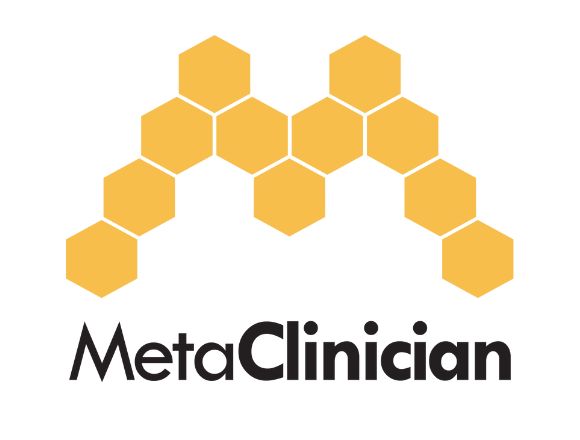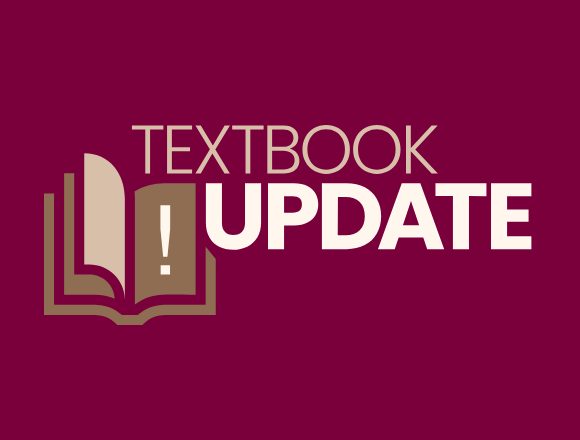Do you ever wonder what your colleagues would do in a similar clinical situation or to what degree people follow clinical practice guidelines? Do you find yourself considering if a new piece of evidence really affects your peers’ patterns of practice? Join the MetaClinician® hive mind, share your opinion, see what others think, and earn CME credits.

Staying current: Colchicine following MI
Traditional learning resources simply tell practitioners what to do but rarely address clinicians’ curiosity about how others manage similar patients in real-life scenarios. We believe that mutual recognition and appreciation of both experience and evidence is crucial. This means it is vital to include the voices of individual practitioners in the knowledge translation process. MetaClinician® is unique in this respect.
MetaClinician is a tool designed to explore what individual clinicians—like you—do in specific situations, compare what we do, and learn from each other. Each topic may (or may not) include some evidence and indications of what our experts would do, but first we will ask you (and your colleagues) for your opinion.
Here are a few sample MetaClinician surveys that showcase how the collected data can be filtered and analyzed:
- Choice of diuretic for antihypertensive treatment
- Use of arterial catheters to monitor blood pressure in patients with septic shock receiving vasopressors
- Use of empiric combination therapy in patients with septic shock
If you decide to participate in the MetaClinician self-assessment module, you will also receive a certificate with credits that, depending on your professional organization, likely can be counted towards your continuing medical education (CME) requirements.
This self-assessment module developed by MetaClinician and the McMaster Textbook of Internal Medicine deals with the use of colchicine in patients with a history of myocardial infarction. You are encouraged to familiarize yourself first with the related Publication of the Week article and McMaster Perspective interview, but you can also refer to these resources when prompted as you are providing your answers. This module has 4 questions.
 English
English
 Español
Español
 українська
українська








